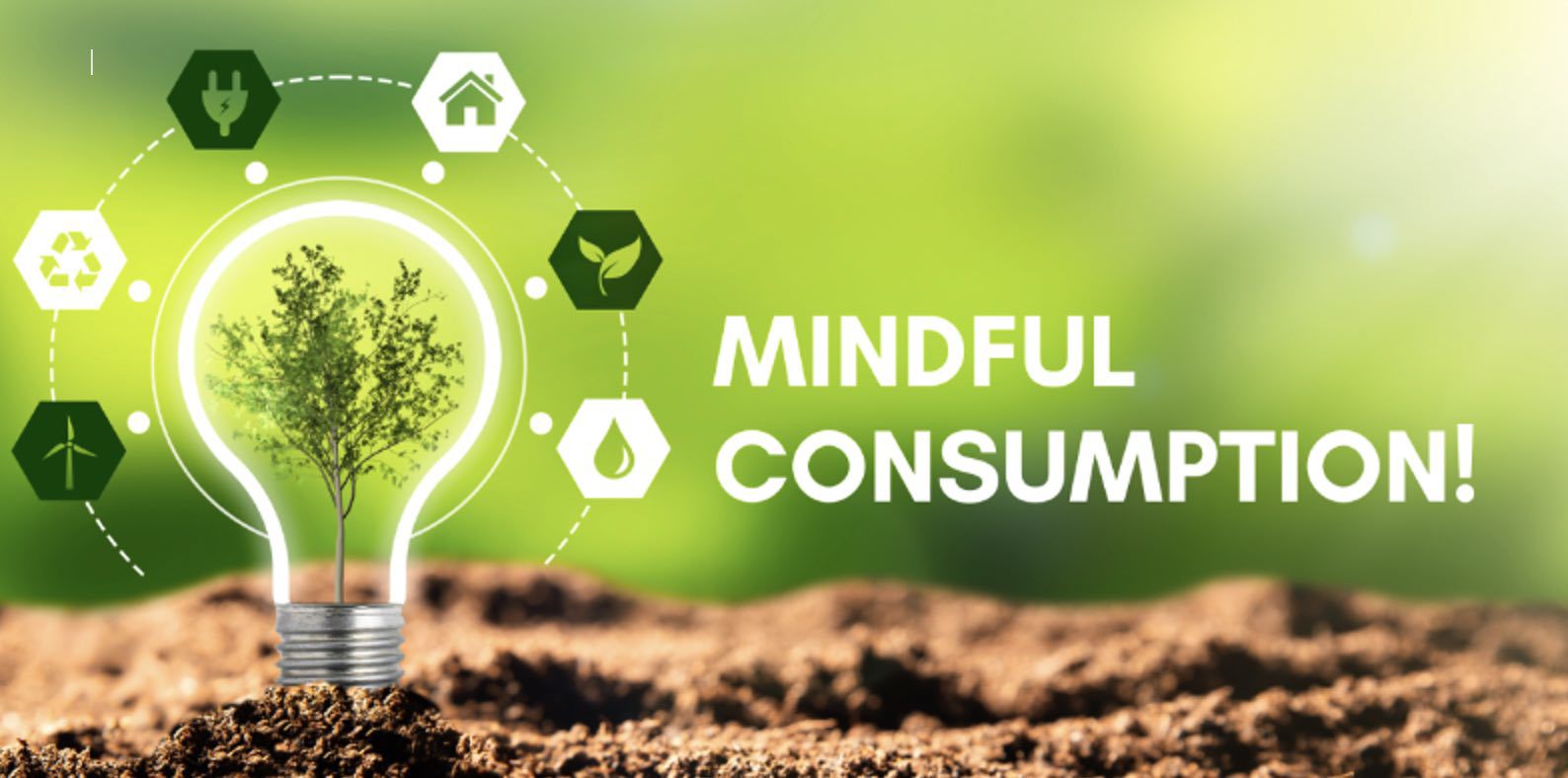From SDG Goal 12 to Mindful Consumption: You are What You trEAT

From SDG #12 to Mindful Consumption: You are What You trEAT
In the past decades, there are tremendous global reports on over consumptions which indicated the warning signs of negative impacts on human living, environment, as well as economic loss in most countries. The Food Loss and Waste Accounting and Reporting Standard was announced at the Global Green Growth Forum in Copenhagen in June 2016 (cited by World Bank) mentioned that food loss can occur at any stage of the food supply chain which refers in decreases in both food quantity and food quality. In SDG progress Report between 2016-2020 from NESDC (National Economic and Social Development Committee), the clarification of Food Waste Index (excluding food industrial part) indicated that excluding food industrial part household consumption in Thailand produce 5.48 tons/year of food waste while restaurants/hotel and retail store produced 1.93 and 1.09 tons/year. This statistic reveals the major source of food waste production among downstream of food supply chain which definitely involving our role as consumers.
Consistent with UN’s SD goal 12, especially goal 12.3 and goal 12.5, it aims to encourage minimize food waste throughout the chain as well as call for action to reduce waste through prevention, reduction, recycling, and reuse. Exhibiting their attempts on reduce such issue, all stakeholders in this chain should take parts and actions in corresponding to one another in order to collaborate in achieving this goal.
This should be considered as the wakeup call for all of us to be aware of food loss and food waste during our daily, weekly, or monthly consumptions. What we choose to buy, store, cook, eat, and throw away really matter and unavoidably impact on multi scale of economy and environment. As a consumer, the downstream of this food supply chain, we can consider the Mindful Consumption in all decisions and actions. The thoughtful thinking and re-thinking of food consumption whether we buy ready-to-eat food or raw material for home cooking. Simple tips in participating this concept are:
1 Synchonised plan in buying, storing, and cooking of household food supplies. Bulk purchases with good promotions may end up with over stock in house’s storage spaces. Moreover, the expiration of over stock foods is one major cause for food wastes each year.
2 Well planned menus with ingredients available in our own fridges and food storages, some FIFO tricks can be helpful in avoiding food to expire.
3 Try creating menu from local ingredients, thereafter the imported ones to reduce the carbon footprint, food loss, and unnecessary high cost of food preservation during logistic process.
4 Self produce food supply can be optional for those who enjoy planting. Some small herbs or organic edible plants can be healthy choice for people who can manage little space starting from just a square meter.
5 A small preparation for smart waste management is also good and practical idea such as recyclable bin for paper and plastic, toxic and harmful bin with special wrap before littering for chemical or breakable ones, as well as separate bin for biodegradable food waste which can be put through the fertilization for planting.
As for Inner Development Goals, one can apply the Tune in Mind: screen, stop, start, stay in our mindful considering, deciding, and applying these 5 tips in becoming more sustainable living. As the small leaps lead to great success, the output from each household achievement will also generate the great outcome for global food waste reduction.
Ref.
https://science.mahidol.ac.th/sdgs/sdgs-17/
https://sdgs.nesdc.go.th/wp-content/uploads/2024/04/SDGs-Goal-12-1.pdf
Update:
Read : 241 times